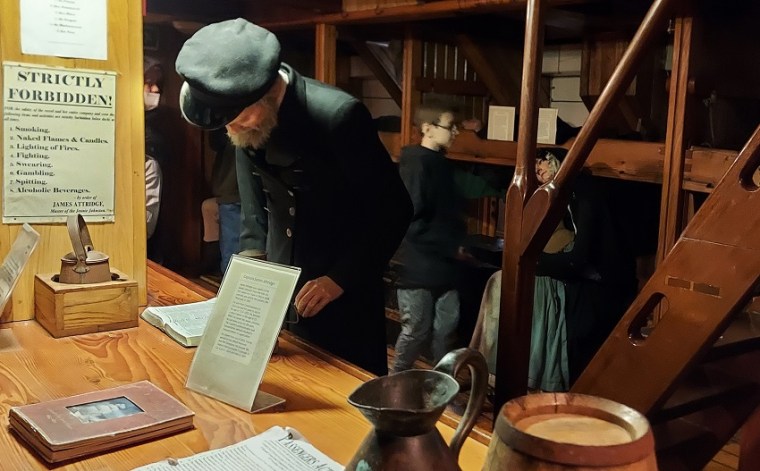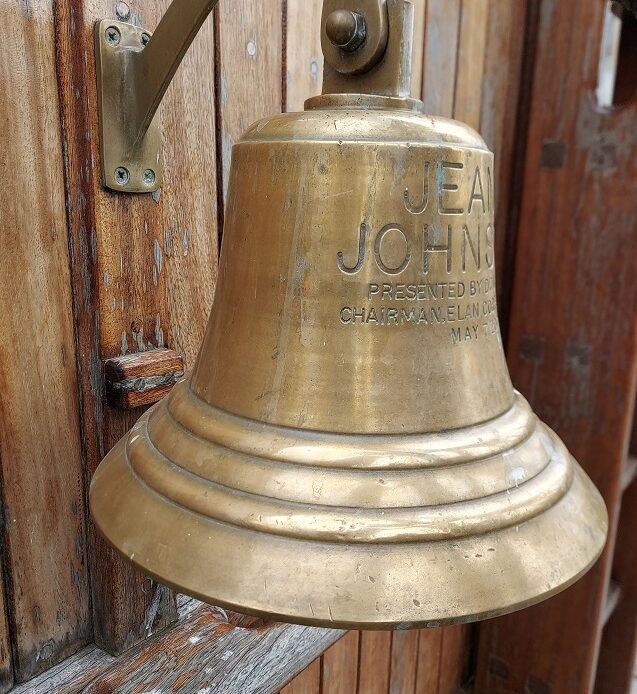Many people around the world today have Irish nationality or ancestry. Though numbers aren’t very clear, it is estimated that the population of Irish descent around the world might be more than 10 times larger than Ireland’s current population. What caused such a massive emigration? On my latest trip to Dublin, I wanted to learn more about the Irish emigration story. So, I adjusted my Dublin itinerary and visited these three sites below to learn more about it.
The Jeannie Johnston – Irish Emigration Story
The tall ship in Dublin Quays has an interesting history. It is a replica of the only “famine ship” that didn’t lose a soul on her crossings to North America. So, if you’re looking to understand more about the massive Irish emigration story, Jeannie Johnston is a good place to start.
A Little Context
During the Great Famine in Ireland, people were losing everything. They had nothing left to feed their families and their only perspective was to die of starvation. Not because the potato was the only thing growing in Ireland, but because it was the only crop farmers kept for their families, while the rest went to the British.
As opposed to that, North America needed workers for the rail network and the construction of the new roads. Ships would take Irish men and women across the Atlantic looking for a new life and a way to help the family back home.
Sadly, most of these ships transported passengers in inhumane conditions. Their owners didn’t care if they lost people on the way. They were completely packed with desperate people and no viable safety measures. Does it sound familiar? Not long ago, thousands of immigrants from Northern Africa and the Middle East faced the same dangers, crossing the Mediterranean in search of a better life. Things didn’t change much these last couple of centuries, did they?

But, there’s a good side to this story too. The owner of the Jeannie Johnston cared about the people on the ship. He hired a good captain and what’s more, a doctor. The crew stacked food and drinking water on the ship before sailing, but also medicine that was available at that time. Before getting on board, the physician would check every passenger for symptoms of fever or flu. On a six-weeks passage, any disease spreading on board was bound to make victims. So, the doctor prevented that by not allowing sick people on the boat.
Sounds familiar…
Click Here to Read the Full Original Article at Travel for a while…
